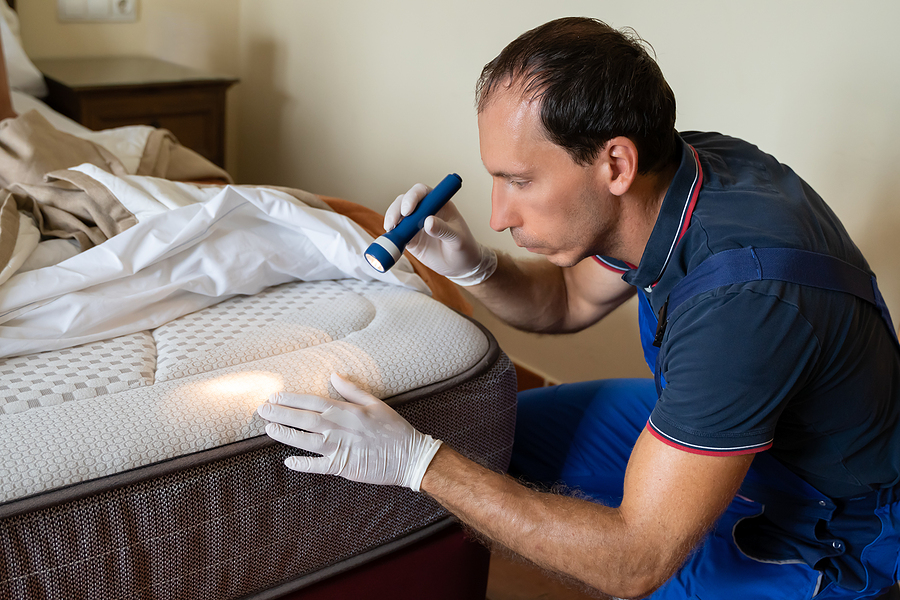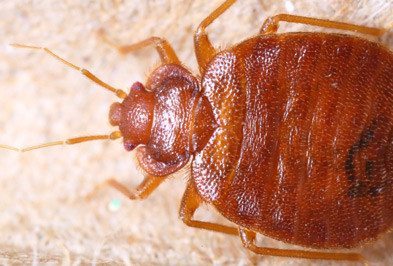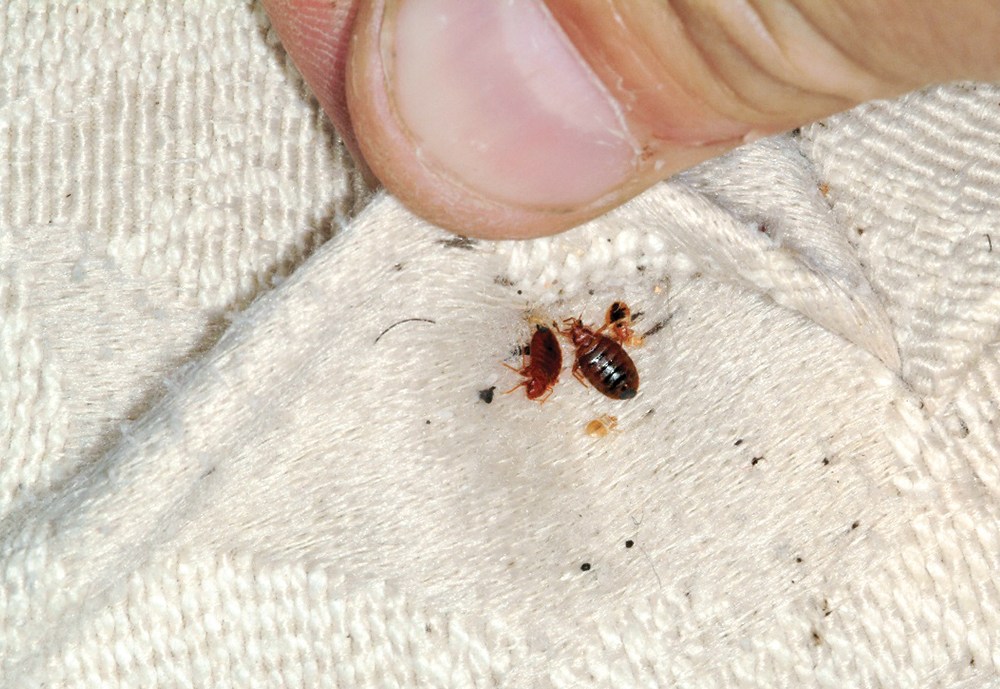A1 Bed Bug Extermination Houston: Expert Providers
Wiki Article
Recognizing the Lifecycle of Insects for Targeted Control Strategies
Understanding the lifecycle of bugs is a basic element of reliable parasite administration methods. By understanding the numerous stages of development that parasites undergo, a more targeted and specific approach can be taken on to manage their populations. This expertise not just sheds light on the susceptabilities within the bug lifecycle yet additionally paves the means for implementing tactical measures that can interrupt their development and recreation cycles. With a much deeper understanding of exactly how parasites evolve and prosper, tailored control methods can be made to attend to details points in their lifecycle, ultimately bring about even more effective pest administration results.Value of Comprehending Insect Lifecycle
Recognizing the lifecycle of pests is important for developing efficient and targeted control strategies in parasite management. By comprehending the different stages a bug experiences from egg to adult, bug control specialists can identify weak spots in the lifecycle where treatment can be most effective. Knowing when larvae are most active can assist identify the optimum timing for using larvicides. Additionally, understanding the lifespan of an insect types can help in anticipating populace development patterns and potential infestation risks.Additionally, identifying the specific ecological problems required for every stage of the insect's lifecycle can direct decisions on environment alteration or exemption techniques to reduce and interfere with the lifecycle parasite populaces. This understanding enables pest management professionals to apply aggressive procedures as opposed to depending entirely on responsive therapies, resulting in even more long-term and lasting insect control solutions. Eventually, a detailed understanding of bug lifecycles equips bug control specialists to customize their strategies successfully, making the most of and decreasing ecological influences control results.
Key Stages in Parasite Advancement
To effectively implement targeted control strategies in bug management, an important element lies in comprehensively determining and comprehending the essential stages in pest development. Pest development typically is composed of numerous vital phases that are important for their lifecycle and administration.

Vulnerabilities in Pest Lifecycle
Throughout the numerous phases of a pest's lifecycle, unique susceptabilities emerge that can be tactically targeted for reliable control steps. One essential vulnerability hinges on the egg phase, where pests are typically extra vulnerable to specific Check This Out pesticides or biological control agents as a result of their soft external covering, making them simpler targets for intervention. In addition, the navigate to this website larval or nymph stage provides susceptabilities as pests go through fast development and growth, requiring high energy usage that can be manipulated by disrupting their food sources or introducing development inhibitors. Pupal phases, identified by immobility and change, use a window for targeted control through physical barriers or certain therapies that hinder effective development. Grown-up parasites, while extra durable due to their reproductive capability, can still be prone during mating or egg-laying activities, which can be interfered with with scent catches or sanitation methods. Recognizing these susceptabilities in the bug lifecycle is crucial for creating precise and efficient control approaches that effectively manage parasite populations while decreasing ecological effect.Carrying Out Targeted Control Steps

Carrying out targeted control steps commonly includes a multi-faceted strategy. This may consist of habitat alteration to make the environment much less hospitable to bugs, such as getting rid of standing water for mosquito control or securing entry points for rats. Additionally, biological control approaches can be utilized, where natural killers or pathogens are introduced to maintain pest populaces in check.
Integrated Bug Administration (IPM) techniques that integrate different control procedures in a collaborated and sustainable manner are frequently the most effective in attaining lasting bug administration goals. By implementing targeted control actions based on a thorough understanding of insect lifecycles, parasite populations can be efficiently controlled while reducing risks to human health and the setting.
Boosted Insect Monitoring Practices

Moreover, the consolidation of organic control agents, such as natural killers or virus of pests, can assist lower dependence on chemical pesticides and promote a more balanced ecological community. Carrying out physical obstacles and catches can also belong to improved bug monitoring techniques, offering non-toxic and targeted services for bug control. In addition, using scents and various other semiochemicals can interrupt pest breeding anonymous patterns and interaction, leading to reduced insect populations in time.
Final Thought
By determining key phases in bug development and susceptabilities in their lifecycle, targeted control actions can be carried out to reduce pest populaces. Improved bug administration practices can aid minimize the reliance on broad-spectrum pesticides and advertise more ecologically friendly and sustainable pest control approaches.Recognizing the lifecycle of parasites is crucial for developing effective and targeted control strategies in insect monitoring. By comprehending the numerous stages a parasite goes with from egg to grownup, pest control professionals can recognize susceptible factors in the lifecycle where intervention can be most effective. Inevitably, a detailed understanding of insect lifecycles encourages insect control experts to tailor their methods effectively, lessening ecological impacts and maximizing control end results.
By executing targeted control procedures based on a thorough understanding of insect lifecycles, bug populaces can be effectively managed while reducing dangers to human health and wellness and the setting.
By recognizing key stages in bug advancement and susceptabilities in their lifecycle, targeted control measures can be implemented to reduce insect populaces.
Report this wiki page